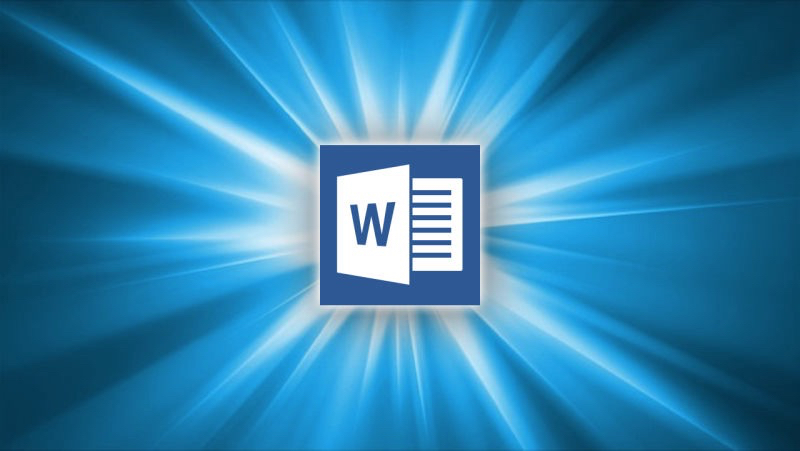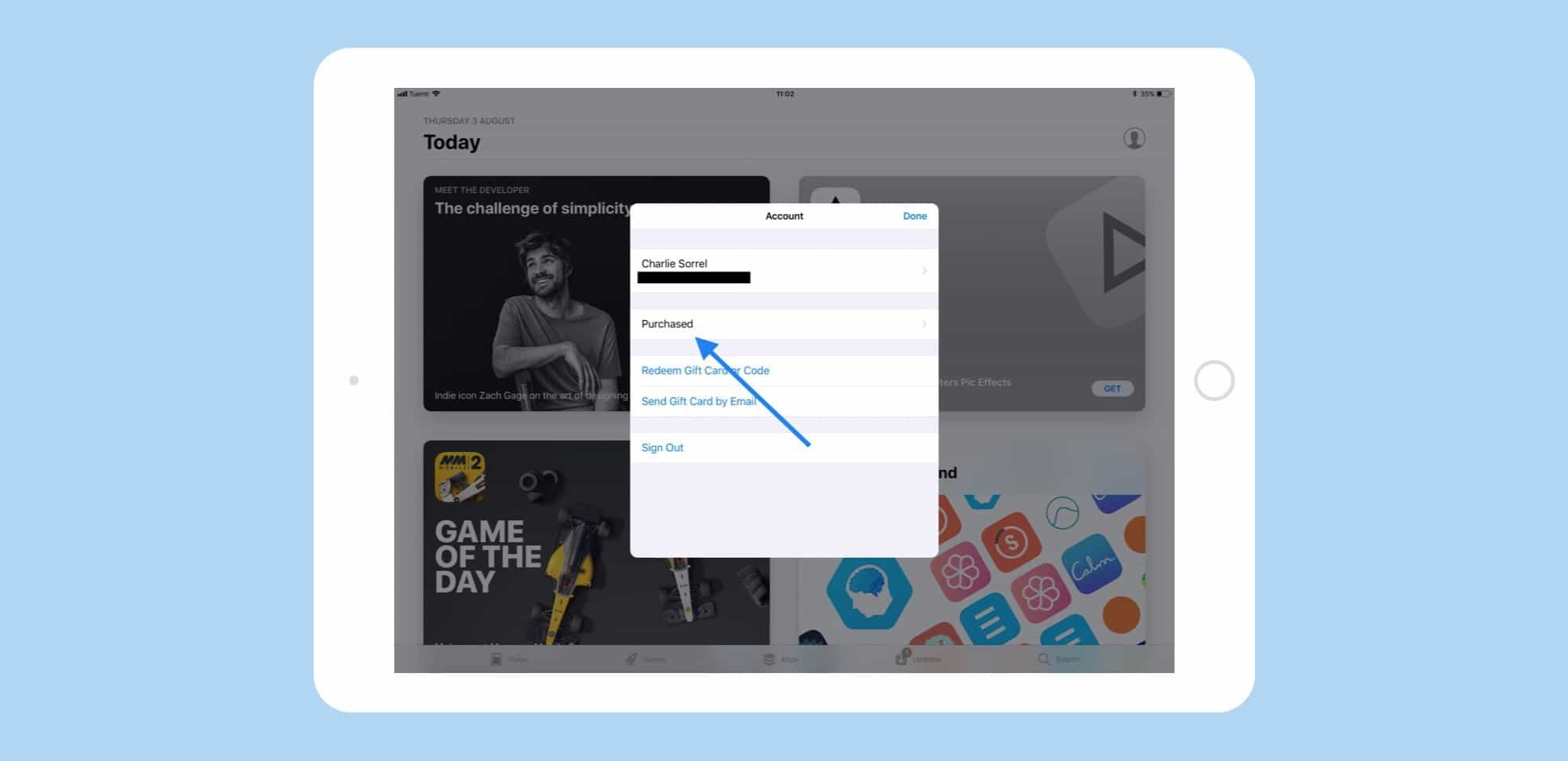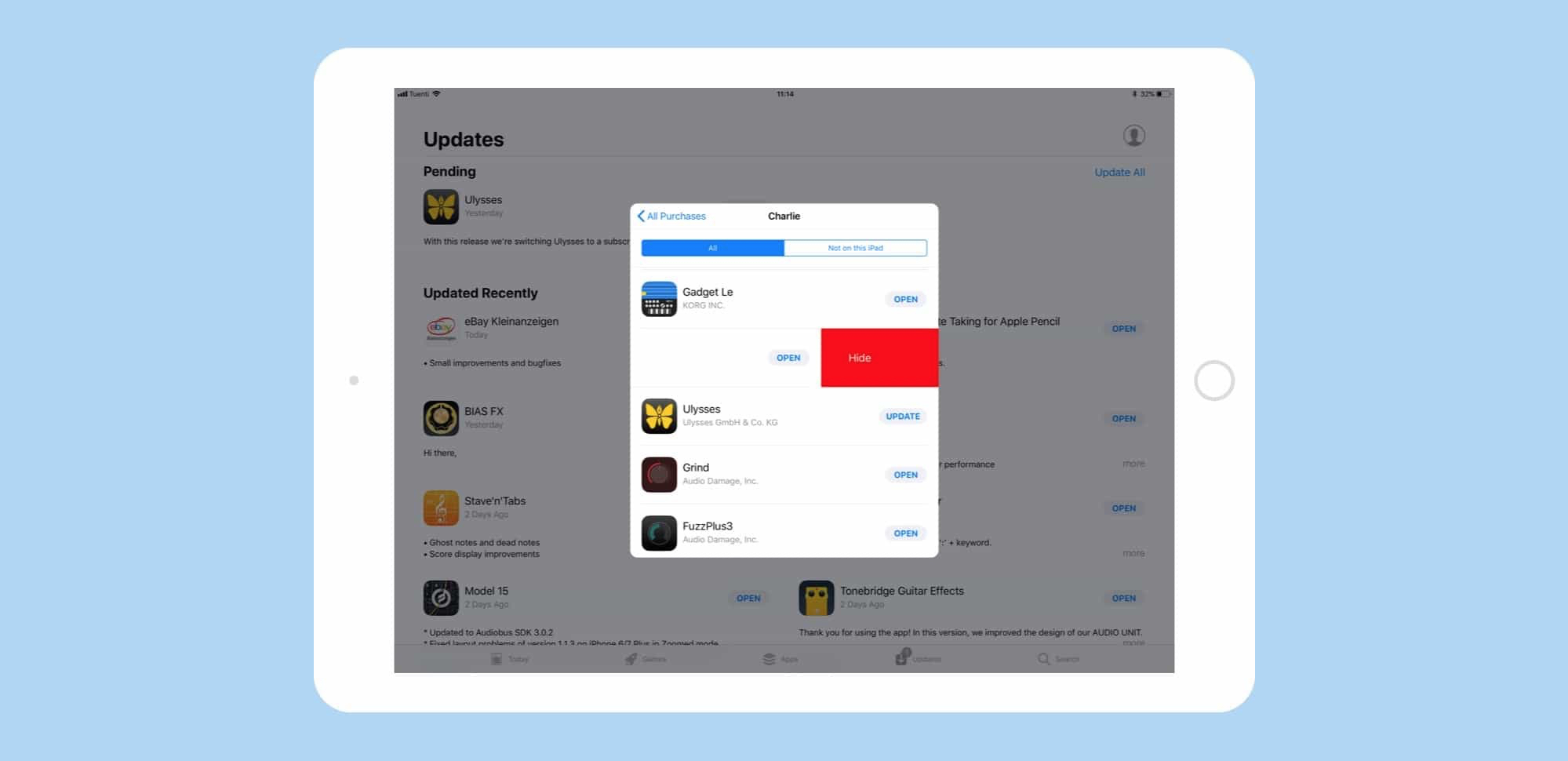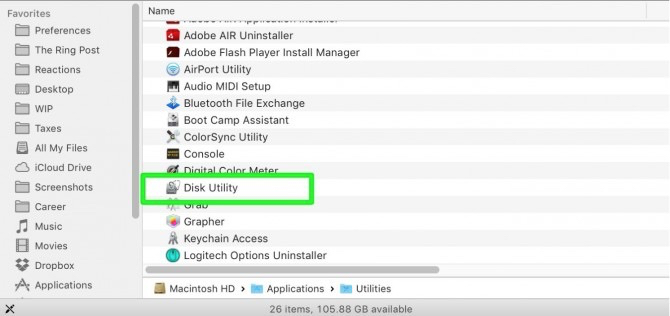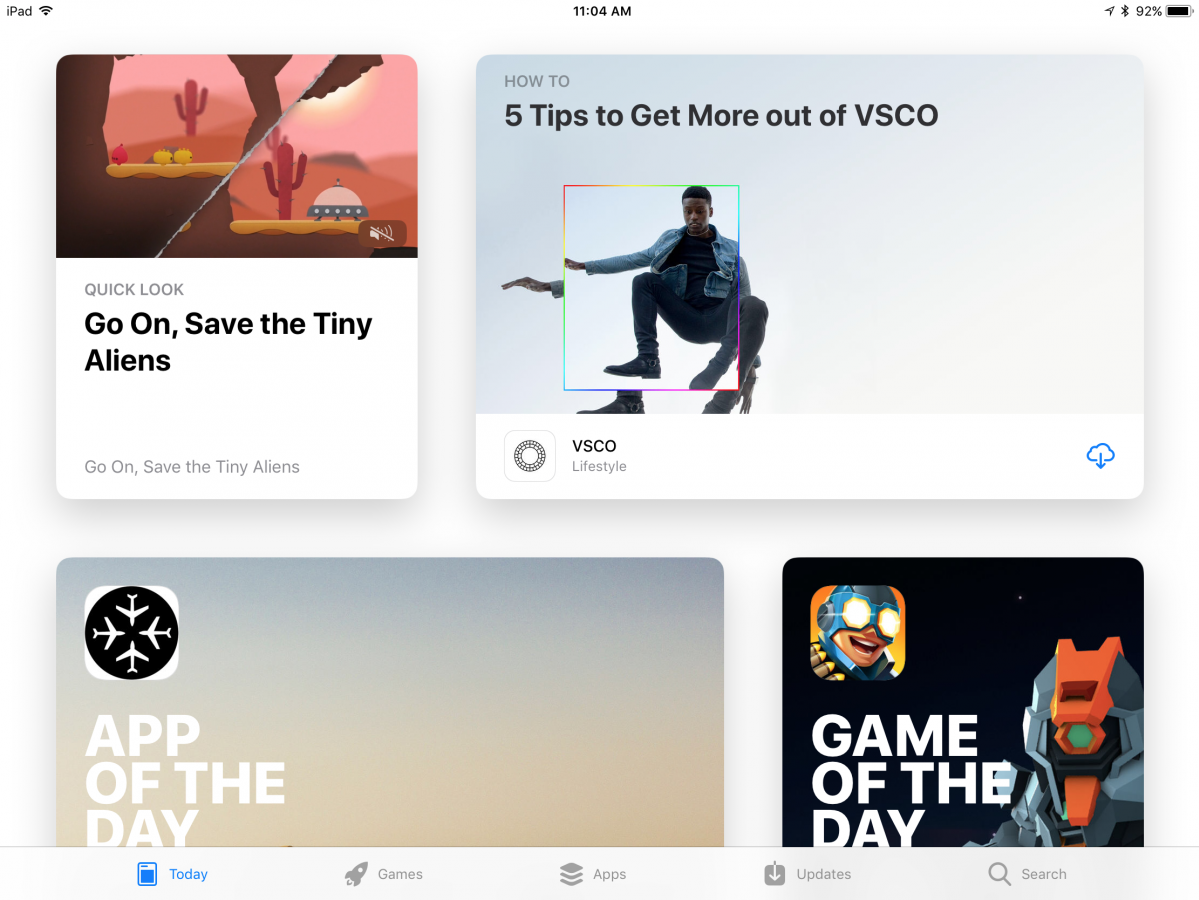

By Jill Duffy of PCMag.com
Online tools for collaboration and communication come in a wide variety. Some, such as Jira, are popular among software developers, who might use an agile or just-in-time style of working. Trello takes a different approach and instead uses a kanban-style work methodology, which is highly visual. Trello is an online, collaborative workspace used to manage work of all kinds, whether they’re business projects or personal chores. It works fairly simply, with drag-and-drop capabilities and an intuitive interface. If you’re thinking of using it for true project management, however, consider that it lacks such project management basics as Gantt charts, time-tracking components, and reporting tools. You can add those functions through app integrations and plug-ins, but they aren’t included by default when you sign up for Trello or pay for a premium account. Trello is eye-catching and fun, and it’s a very good collaboration solution for certain types of work and teams. Figuring out if it’s right for your team may take some trial and error, however.
Price and Plans
Trello offers four levels of service: a free account, plus three versions of paid accounts called Gold, Business Class, and Enterprise.
The free account gives you a lot to try without too many restrictions. You can create and manage as many boards, lists, and cards as you want and attach files up to 10MB in size. There are no limits on the number of people who can join your account either. The limitations are that you only get one Power-Up, or integration, per board. Power-Ups include Salesforce, Join.me (for video conferencing), Slack, Zendesk, Github, and so forth. The full list of Trello Power-Ups is online.
In addition to that one integration, you can connect to three different cloud storage services: Google Drive, Box, and Dropbox. With a free account, you only get basic functionality with those storage services, meaning you can add links to files in your Trello cards. If you choose to make one of those storage services your Power-Up, then you get some additional functionality. In the case of Google Drive, you can preview files right from Trello and even create new documents right from the Trello app.
For $5 per month or $45 per year, you can upgrade your free Trello account to a Gold account. There are two serious advantages to having a Gold account. First, the maximum file size for attachments increases to 250MB. Second, you get three Power-Ups (integrations) per board instead of just one. The other benefits, such as custom emoji and more stickers, feel more like in-app purchases for video games than productivity enhancers.

The Business Class and Enterprise accounts are a different story. The major difference between them and the free and Gold accounts are that the top tiers come with admin controls.
Trello Business Class costs $119.88 per user per year, which works out to be $9.99 per person per month. That’s double what it used to be. With this level of account, you get unlimited Power-Ups, a maximum file size attachment of 250MB, and plenty of customization options. The administrator of a Business Class account can specify which users can create boards, with what permission levels—everything from public boards to private boards to boards that are only visible to those inside the organization. Trello Business Class also gives you the ability to invite people to have read-only access to your boards, letting you safely share pertinent information with outside collaborators. You can deactivate accounts of people who have left the organization without wiping out all their historical data, too. Business accounts can integrate with Google Apps, as well.
Trello Enterprise, which uses custom pricing, is meant for organizations with more than 100 people. The Enterprise account comes with everything in the Business Class account, but with phone support, a dedicated contact at Trello, and simplified billing. See Trello’s Enterprise page for more details.
Trello used to be fairly inexpensive, especially for teams smaller than 15 people or so, but as I mentioned, the price has doubled since 2015. Now Trello’s cost is more in line with other business productivity apps, including dedicated project management apps, which offer a bit more. Of course, kanban-style collaboration tools like Trello and true project management apps aren’t the same thing, so it’s not an apples-to-apples comparison.
Nevertheless, it’s good to know how much software that’s in the same general category costs to get a sense of what’s a good deal and what isn’t. PCMag’s two favorite project management platforms, Zoho Projects and Teamwork Projects$49.00 at Teamwork.com have exceptionally attractive pricing. Teamwork Projects charges $49 per month plan (flat fee) for unlimited users, and that plan includes supports up to 40 projects with 20GB of storage space. It also includes interactive (drag-and-drop compatible) Gantt charts and tools for tracking milestones—all the stuff you’d expect from a rigorous project management application. A similar package from Zoho Projects costs a flat $50 per month for 50 projects and 100GB storage space.
Many other project management apps charge per user per month. LiquidPlanner, for example, starts at a much higher $29 per user per month fee (and has a ten user minimum), but it has extensive reporting and billing tools. Comindware Project $9.99 at Comindware, a traditional project management service with slightly more modest capabilities, works out to be the same price as Trello Business Class: $9.99 per user per month.
Getting Started With Trello
Trello and other kanban apps use boards, lists, and cards instead of the timeline-based structure seen in project management apps, which look at projects, tasks, and milestones. Project management is designed for projects that have a concrete end date and a deliverable, whereas kanban boards are designed to help teams manage different kinds of work, and not necessarily finite projects.

It helps to have an example, and I’ll provide a very basic one. Imagine that you have a kanban board for a family to-do list. You can imagine it as a poster board with sticky notes. There are three columns (Trello calls them lists) labeled To Do, Doing, and Done. In the first To-Do column, family members put cards with a task that needs to be done. Let’s say, too, that the family has decided that each person is responsible for no more than three tasks at a time. (That’s a typical kanban-style rule—it helps users focus.) As family members choose tasks that they will do or are assigned to them, they write their name on the appropriate cards and move them into the Doing column. When a task is completed, the person responsible moves it into the Done column.
From the example, you can glean two major benefits of kanban. One is that the design and rules of engagement limit how much work people can have on their plates at a time, so that they don’t get overwhelmed. The second is that everyone has visibility into the state of the work that the organization (in this case, the family) needs to do. This allows for both accountability and the possibility of helping other team members who are falling behind.
Cards in Trello can have a lot of detail on them. In addition to holding a task and the name of the assignee, a card can have a list of subtasks, due date, a detailed description, hyperlinks, attachments, and more.
Interactivity
Trello is an interactive Web app, with very good drag-and-drop capabilities. For example, if you want to upload images or attach PDFs to a card, you can select them from your computer and drag them right onto the card. They upload in just a few seconds. You can also upload from Google Drive, Box, Dropbox, or a URL. I like that Trello takes any visual assets you upload and adds one of them as a cover image to your card, so that you can easily identify the task whenever you look at the board.
While you can assign someone to a card and set a due date, you won’t find more advanced project management features, such as estimating best- and worst-case scenarios for how long a task might take to complete. It’s also strange to me that cards can’t be checked off as done, even though they can have a due date, but maybe I’m trying to pigeonhole them into being tasks when they’re not. You can archive cards when you’re finished with them, however.
Trello lets you add color-coded labels to cards, but, despite high hopes, I found them to be a letdown. Each label must be color-coded, which means you run out of easily identifiable colors after maybe 10 or 12. I would also rather just see the keywords I chose to use as labels or tags and have reliable tools for searching and filtering information based on them.
As I’ve mentioned, Trello doesn’t have any of its own time-tracking tools, Gantt charts, or progress reports, but you can add some of these features through third-party Google Chrome extensions. I tinkered around with one called Plus for Trello that adds time tracking, reports, and scrum features (scrum is a style of working that focuses on iteration, popular among software developers). They aren’t bad, but they also aren’t nearly as powerful as the native reporting and time estimation features found in LiquidPlanner$45.00 at LiquidPlanner, for example. LiquidPlanner can do things like reconfigure an entire timeline of tasks that are dependent on one another if even one person misses a deadline.
You can connect Trello to other business apps beyond just what’s in the Chrome Extension store. Time-reporting tools Toggl and Harvest both offer integration with Trello. That’s fine if you’re interested in cobbling together a unique suite of tools for your team to use. Many teams will prefer a single package that offers all the features they need in out of the box, however, but there’s nothing wrong with taking the DIY approach, if you have the resources to do it.
One of Trello’s strengths is that there’s more than one way to use it. It’s flexible enough to bend to your will, and you can get rather creative. For example, I created a board in Trello for keeping track of travel ideas. My lists are for different travel regions, and the cards are for specific trips. Inside the cards I have notes about when festivals are happening into those areas, local friends I should contact before arriving, and pictures of the location. I also have a checklist of subtasks, like checking whether I need a visa, booking a flight, booking accommodations, and so forth.
Trello’s flexibility may seem like an asset, but it can also be a burden in that you have to figure out how to best use the service. I have long felt the same way about AsanaFree at Asana, a wonderful task-management tool that has so few rules for how to use it that it can be daunting to new users as they try to figure out how it might work for them. Both Trello and Asana can be excellent tools, but it takes a strong, tight-knit team to put up with some trial and error when first adopting the tool and deciding how to use it.
Apps and Extras
Trello does well with mobile apps. The service offers Trello for Android phones and tablets, as well as iPhones and iPads. There’s also a Trello app for Slack. The mobile apps are nearly identical to the website. On the one hand, that means it’s easy to move from the Web app to the mobile apps. On the other hand, the mobile apps don’t have the same screen real estate, and I find it very hard to use them as standalone products without the Web app serving as the primary interface. In other words, Trello’s mobile apps work best as companion apps to the Web app, not as your main way to interact with the service.
In addition to the many Chrome Extensions and compatible apps you can add to Trello, it’s supported by Zapier and Ifttt. Zapier and Ifttt are services that let you connect online apps and tools that aren’t natively interoperable, and the key is that you don’t need to know how to code to get them to talk to each other. For example, you could connect Trello and GitHub so that every time a new issue is created in a chosen GitHub repository, a Trello card is automatically created on a specified board with the issue details.
Flexible, Visual, and Light
Trello provides a flexible app for managing work collaboratively. Because it’s flexible, however, it may require some experimentation to figure out how to best use it for your team and the workload you manage. It’s a reasonably lightweight, flexible, and focused alternative to heavy-duty Editors’ Choice collaboration tools like Asana, which require far more time to set up, and which can, if not implemented correctly, actually draw your focus away from work. If what you really want is traditional project management software, you might find Trello light on features, as it lacks built-in reporting tools, time tracking applets, and even traditional tasks as you might know them.
Trello is available for Mac, iOS, and Android.
What’s your favorite project management app? Sound off in the comments below!







